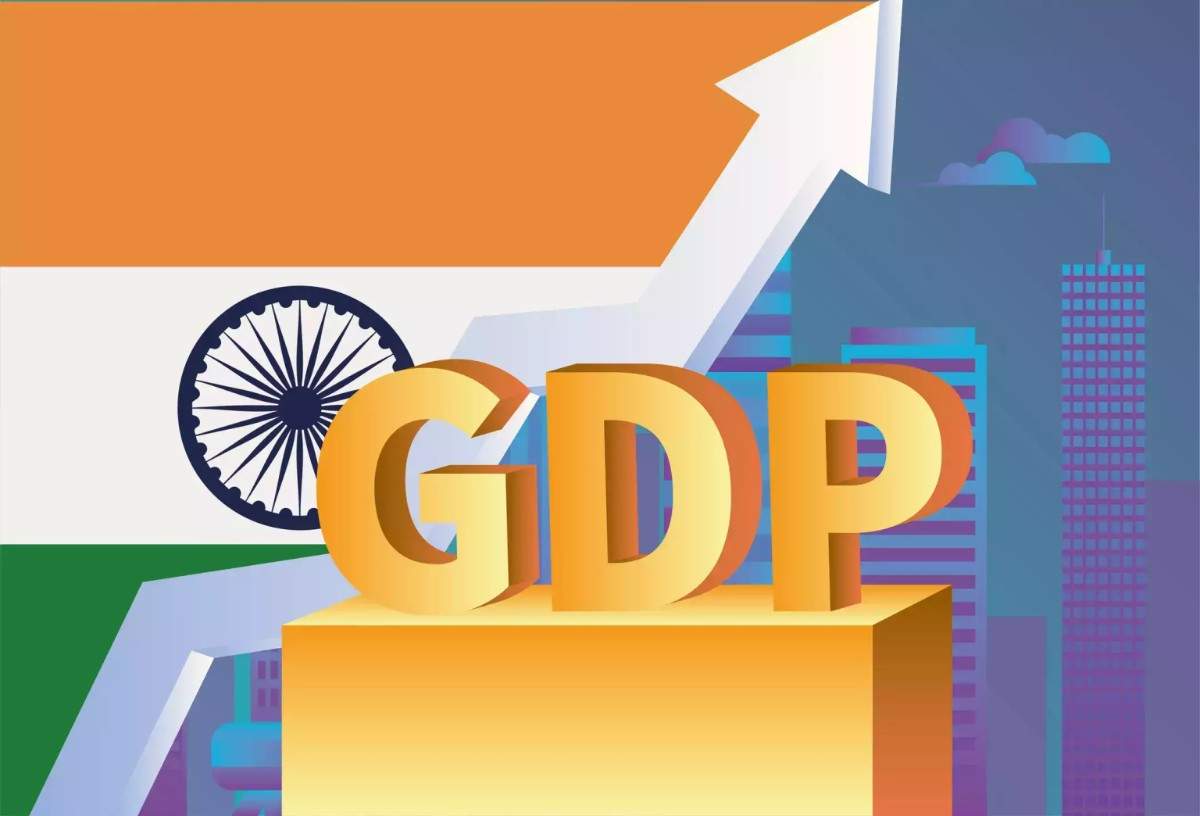Despite the foreign obstacles, India’s economic activity remained healthy due to strong domestic demand. In December, supply chain constraints in India decreased and stayed below historical average levels, as per the RBI’s monthly bulletin that was made public on Thursday.
“Our economic activity index (EAI) now casts GDP growth for Q3:2023-24 at 7 per cent,” according to the research. Prior estimates put the growth rate at 6.5%.
The government’s push on capital expenditures (capex) has started to drown out private investment, which has supported the Indian economy’s stronger-than-expected growth in 2023–2024.
As to the economic data, there was a little increase in headline inflation in December, primarily because of increased food inflation resulting from unfavorable base effects.
The research also highlights the negative risks brought on by the global slowdown. The short-term growth prospects of the global economy are not all the same.
The study also notes that credit to the retail and services sectors has been the primary driver of the Indian banks’ (SCBs’) consistent growth in their consolidated balance sheets. Profitability and net interest margins (NIMs) were increased by higher net interest income and decreased provisioning.
The quality of the assets has also steadily improved; as of the end of September 2023, the gross non-performing assets (GNPA) ratio stood at 3.2%. Non-banking financial firms (NBFCs) saw increase in their consolidated balance sheet, driven by double-digit growth in lending. At the same time, their profitability and asset quality improved, and their capital ratios (CRARs) remained above regulatory requirements.
The paper highlighted the growing interdependence of banks and non-bank financial companies (NBFCs), highlighting the need for the latter to diversify their funding sources and lessen their reliance on bank funding. According to the report, banks and non-banks should work together to safeguard the payments system and themselves from cyber threats that may lead to fraud and data breaches. They should also strive to provide more empathy in their customer service.
The research also notes that in 2023, global economic activity proved to be more robust than anticipated. 2024 is expected to have a significant slowdown with significant cross-country heterogeneity. The World Bank predicted in its most recent Global Economic Prospects (GEP) that global growth would decline from an expected 3% to 3%.
It is necessary to “take a leap of faith, and prevail over the formidable downside risks that are seen over the horizon” in 2024, according to the paper.
If geopolitical conflicts come to an end and their effects on the commodities and financial markets, commerce and transportation, and supply networks are limited, the dire state of the world economy could improve. The fight against inflation is necessary in order to loosen financial constraints and encourage economic expansion. It stated that the negative effects of climate change needed to be addressed.
Reglobalization needs to get underway. As the aftereffects of previous price shocks fade, advanced economies must revive growth impulses and increase investment and consumption. The paper finds that in emerging market countries, in order to provide space for addressing concerns related to excessive debt levels and macroeconomic stability, investment needs to be revived and the continued erosion of potential growth and productivity reversed.


.jpg)
.jpg)
.jpg)
.jpg)
.jpg)
.jpg)